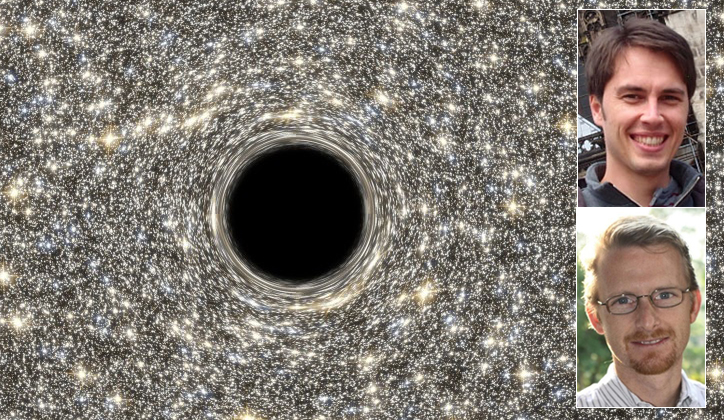Faculty of Science Astronomers Dr Lee Spitler and Dr Richard McDermid are over the moon about their recent discovery of a supermassive black hole inside the smallest known galaxy.
In a joint partnership between Macquarie and The Australian Astronomical Observatory, led by University of Utah Astronomer Anil Seth, the two astronomers played a key role in discovering an ultracompact dwarf galaxy known as M60-UCD1, containing a supermassive black hole.
“This object is bizarre – it is the smallest thing we’ve ever found to harbour such a large black hole,” said Lee. “Even the Milky Way, which is 500 times larger than M60-UCD1, has a smaller black hole.”
Richard explains that the size of a supermassive black hole usually relates to the size of the galaxy it lives in.
“So if small, compact galaxies like M60-UCD1 formed like other galaxies, we’d expect them to have fairly small black holes at their centres. Instead, in M60-UCD1 we found a supermassive black hole that is way out of proportion – about 1500 times larger than was expected,” he said.
Lee suggests that M60-UCD1 was once a normal galaxy, probably a little bigger than the Milky Way.
“The old M60-UCD1 likely had a head-on collision with another, much larger galaxy called M60 and all that is left is the core – the rest of it was ripped apart. So we think we’ve found the dense stellar core of a destroyed galaxy.”

